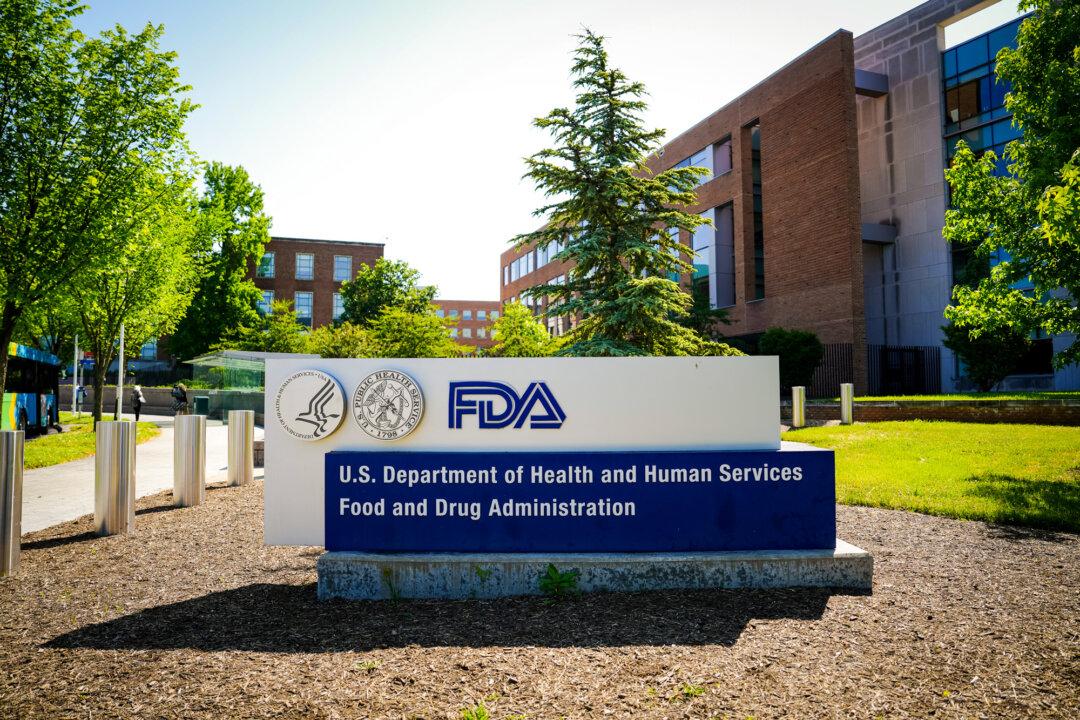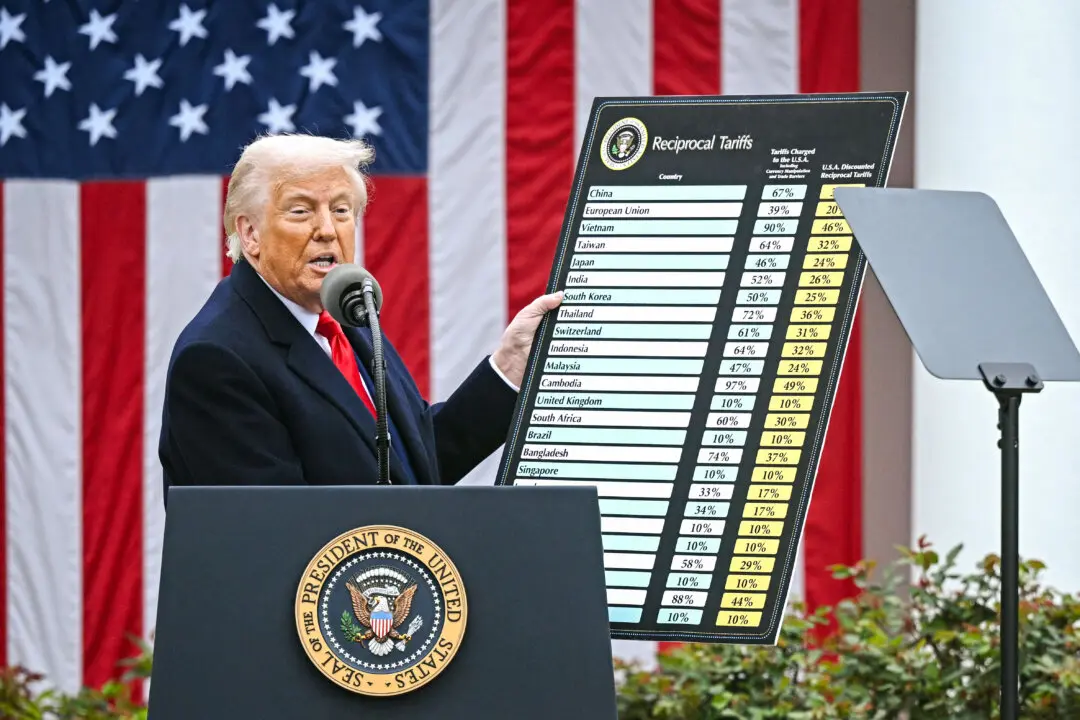A former heroin addict said she had months to live but was able to make a dramatic transformation over a year.
Caroline Best said her life was ruled by her addiction to heroin and crack, according to The Mirror, which also reported that she spent 15 years in and out of prison.





